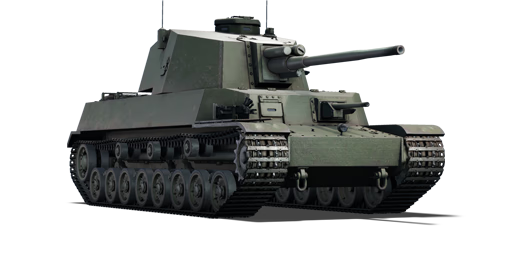The Type 5 Chi-Ri (五式中戦車「チリ」) was designed as a result of Japanese field reports on the Eastern front war between Germany and the Soviet Union which evolved tank combat as a separate branch. Roughly offering the hull protection of a KV-1 and the firepower of German long 75 mm's, the Chi-Ri was to be a heavy medium tank offering quality over quantity in tank design. However, with the scale the Chi-Ri was supposed to be designed and the draining of resources the Japanese military experienced through China and mainly the Pacific, resources were diverted to the more practical Chi-To instead.
The Chi-Ri was introduced along with the initial Japanese Ground Forces tree in Update 1.65 "Way of the Samurai". It's armed with a Type II Model I 75 mm cannon with a rather fast reload and a big first-order ammunition. The big drawback of the Chi-Ri is its size and traverse speeds - while it offers a stronger engine once spaded, the massive turret will crank slowly making response time slow if the hull isn't utilized and the sheer size of the tank makes for a massive target.















